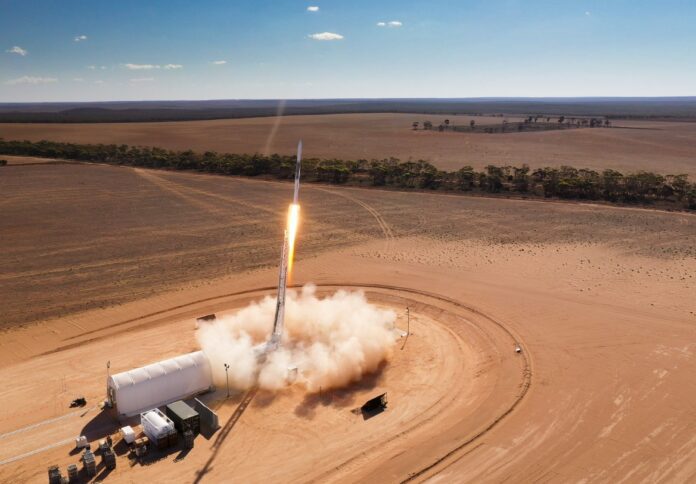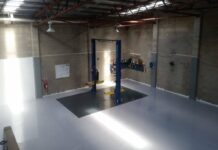
The University of Southern Queensland (UniSQ) has announced a collaboration with Southern Launch as part of the iLAuNCH Trailblazer project.
This initiative aims to develop advanced long-range imaging capabilities to capture high-quality, high-resolution data and images of rocket launches at Southern Launch’s facilities, the university said in a media release.
In a statement, iLAuNCH Chief Technology Officer Joni Sytsma highlighted the significance of the project, noting, “If you’re a fan of launch videos from YouTubers like Marcus House or Scott Manley, you might wonder how those remarkable images are captured.”
Sytsma added that with UniSQ’s expertise in imaging launch vehicles and hypersonic flight, the project anticipates delivering live imagery of rocket launches from Southern Launch’s South Australian sites within the next year.
The research, spanning three years, will focus on developing systems to track and triangulate rockets and high-speed tests at Southern Launch ranges.
Associate Professor Fabian Zander of UniSQ expressed enthusiasm for the project, stating, “We are excited at the prospect of providing scientific data to Southern Launch to assist with operational safety and evaluation purposes and a future potential service offering to their customers.”
The project will advance imaging systems, tracking, and data fusion technologies, allowing for detailed video and imagery of rockets during ascent.
Southern Launch CEO Lloyd Damp welcomed the collaboration, emphasising its benefits: “This iLAuNCH Trailblazer project will help us track objects launching or returning to the Koonibba Test Range or the Whalers Way Orbital Launch Complex, ensuring optimal outcomes for our customers. We also look forward to sharing high-quality videos and images of our missions with the public.”
The project will include at least one imaging opportunity per year, with subsystems tested and validated through to 2027.




















